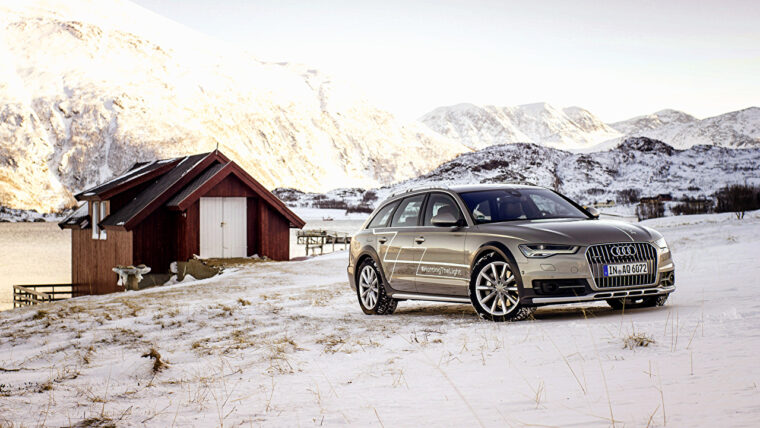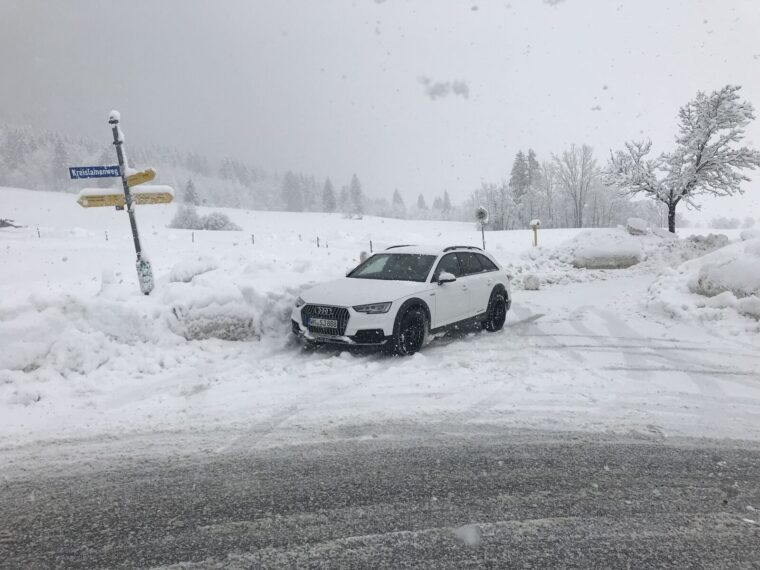While most people dream of a White Christmas, snow does have its downsides. If you live in a cooler climate, you know that driving in the wintertime can be more than just annoying – it can be dangerous.
While it’s always important to drive safely and follow the rules of the road, you need to be extra vigilant when it’s snowy or icy. If it’s been a while since you’ve brushed up on your winter driving safety tips, this guide is here to help.
Continue reading for five essential tips to keep yourself and others safe while on the road.
What To Do Following A Winter Driving Accident

While it’s vital to brush up on driving safety tips, accidents still happen. Winter weather is unpredictable, and you can’t control other people on the road.
If you’re in an accident during winter, you should take all the steps you would during any other time of year.
You should first secure your vehicle and get to a safe place on the road. Then, you should call emergency services; even if no one is injured, you should still report the wreck to the police.
Finally, if you’re injured due to an accident that wasn’t your fault, you should contact a personal injury attorney.
Tip 1: Keep Extra Gear On Hand
It’s always good to keep extra gear and safety supplies in your vehicle, but this is particularly crucial during the winter. You’ll want to keep some warm clothes or blankets. This way, if your car breaks down or you get lost, you don’t end up at risk.
You could also add things like medications, food, water, flashlights, and hand warmers to be extra prepared for any situation that comes up.
Tip 2: Learn Snow Driving Safety Tips

If possible, avoid driving in the snow. The harder it’s snowing, the bigger the risk of an accident. However, if you do need to drive in snow, especially if it’s just a small dusting, here are the safety tips you should follow:
- Drive slowly
- Speed up and slow down more slowly than usual
- Increase the distance between you and the car ahead of you to five or six seconds
- Avoid stopping unless you have to
If you’re driving and the snow gets bad, you can always pull over and wait for it to pass or see if you can stay somewhere for the night.
Tip 3: Learn How To Stop On Ice

Like driving in the snow, it also helps to brush up on how to stop when driving on ice.
During the day, wet or snowy roads may be somewhat dangerous, but things can quickly escalate at night when temperatures drop.
Black ice is impossible to see, so you must know how to react if you encounter an icy patch.
Here is what you should do if you start to lose control of your vehicle because of ice:
- Take your foot off the gas.
- Leave your foot above the brakes but don’t press down.
- Turn your steering wheel in the direction the back wheels are sliding.
- Be careful not to overcorrect.
- Stay calm.
If you know there is ice and you need to stop at a stop light or sign, pump your brakes quickly and give yourself extra time to slow down.
General Safety Tips
Finally, remember to brush up on general driving safety tips. For example, remember not to drive in another vehicle’s blind spot. It’s also a good idea to avoid driving at night as much as you can. While there are fewer daylight hours in the winter, driving at night is more challenging.
With these tips in mind, you’ll be a safer driver throughout the winter season.
